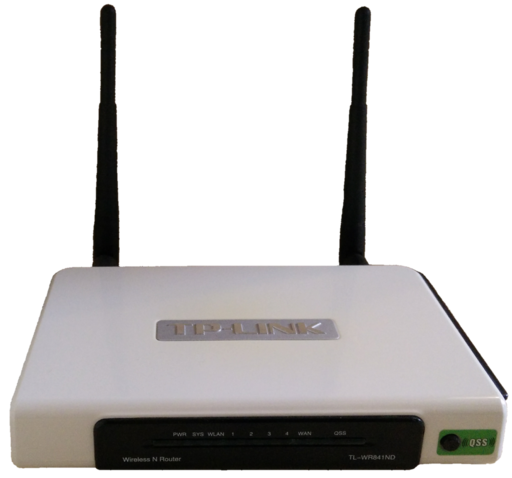These days, can you even begin to imagine a world without Wi-Fi? I thought not! Wi-Fi is now a huge part of our day to day lives, and has become another home necessity, such as heating or electricity. Although very useful when it works, Wi-Fi is one of the most frustrating things to deal with when it’s being difficult. I know I’ve had a few times where it’s stressed me out far more than it should have! Since then, I’ve been looking into the various ways you can improve the Wi-Fi performance in your home.
First of all, you might be using outdated or poor-quality hardware. The quality of any Wi-Fi service hinges on several different factors. However, one thing which a lot of people tend to neglect is getting the right hardware. The router you choose, and the wireless standard it has, can have a pretty significant impact on how good your Wi-Fi performance is. These days, the most common standards you’ll find are 802.11G and 802.11N. You may have heard these referred to as “wireless G” and “wireless N”. The main thing you need to know is that wireless N is a lot faster than wireless G. However, the routers required to support this standard are generally more expensive. There’s also a newer “AC” standard, which can go even faster. As you can imagine though, the hardware you need for this is even more costly.
Getting a higher quality of hardware can be extremely helpful. However, there are a number of invisible factors which you may also need to look at. For example, you might simply be subscribed to a poor Wi-Fi provider. I know, with companies which are this large, it’s easy to imagine that they’re all offering the same thing. Still, the subtle differences in the services offered by different firms can have a massive impact on the way you use Wi-Fi at home. To make sure you’re not missing out on anything huge, research the other options which you could be choosing. s9.com for example, offers some fantastic home Wi-Fi plans. There are far more options than this though, so look around. Whether it’s speed, dependability or customer care you’re looking for, there’s bound to be a provider for you out there!
So what if you know your provider isn’t the issue. It might be something far more simple. Your Wi-Fi performance could be helped a lot by finding the best place in the home for your router. We’re all familiar with these little boxes. In almost every home in the country, you can find an ugly, robotic oblong with blinking lights. Yes, routers aren’t exactly appealing to look at, but hiding them out of sight can often limit their performance. You want your router to be in the open, and away from anything which could obstruct the signal. It can also help to adjust the antennae, and have one at a right angle to the other. Some people may find they get a better performance if they elevate their router as well. Odds are you have more than one user in your home, so try to get it as central as possible too.
I’ll round it all off with one of the more guaranteed tips. This is probably more for the techy types, but it’s far from impossible if you wanted to give it a try. If you have an old router lying around, you could turn it into a handy Wi-Fi extender. Make sure it’s not too old though. Generally, the closer the second router is to the first, the better the extender will work. Check the admin page for your extender router to see if it can be used already. If not, you’ll also need to get some custom firmware. Openwrt.org is one site where you can get this convenient software. If you attempt setting up a Wi-Fi extender, and things don’t go according to plan, then don’t think I’ve tried to burn you! Both routers may require resetting a few times to get it working properly.
I hope you find these tips useful. After a little trial and error, soon you’ll be enjoying the fast and reliable broadband that everyone wants. Of course, there are several other things you could be doing to get the best performance possible. Lifehacker has this unorthodox tip, though I can’t tell you how effective that will be! Once you look into all the different options available, it’ll be much easier to see how you can help your Wi-Fi performance.



Speak Your Mind